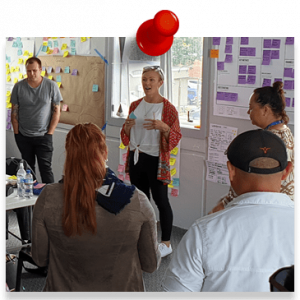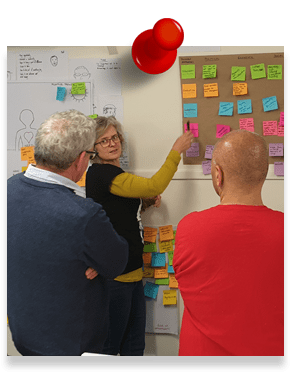When you think about it, modern humans are virtually addicted to the concept of organisations. On a weekly basis, as we go about our daily routines, we connect and interact with a variety of different organizations in different settings – schools, companies, government departments, not-for-profit and sporting organisations. And, where organisations function, leadership is necessary.
There is little doubt that sound, effective leadership offers many positive effects and spin-offs for modern organisations. Equally, there is ample evidence which speaks to the harmful effects of ineffective or poor leadership for both individuals and organisations. Unfortunately, destructive leadership is far more common than we would like to believe.
What research and experience has shown is that leadership can be learned, and that individuals and organisations can both build and sustain effective leadership, while building resilience to the potential emergence of destructive leadership.
However, before we even start thinking about the opportunities to strengthen leadership capabilities, let’s differentiate between two important concepts – leader development and leadership development.
This distinction is essential because the development approaches inherent in each are grounded in quite different theoretical constructs.
However, research suggests that if organisations wish to reinvent themselves continually, they need to attend to both.
Furthermore, these approaches must be linked with each other and connected to a broader organizational strategy for maximum return on investment.

There are two dominant work-place influences that most organisations are experiencing today:
These influences make it virtually impossible to rely entirely on a traditional, centralised, top-down, ‘command and control’ style of leadership – one where everyone conforms to the explicit and specific direction of one individual at the top of a team or organisation.
In a dynamic, fast-changing work environment, attempting to persist with a purely ‘command and control’ style of leadership both wears-down and burns-out leaders (complexity and systems effects progressively overwhelm them), as well as stifling learning and growth amongst subordinates and teams.
In the absence of such learning and growth, capacity for innovation and adaptability is compromised. A vicious cycle often emerges – senior managers attempt to respond to increasing complexity with increasing resort to centralised ‘command and control’ leadership techniques. Meanwhile staff grow increasingly frustrated, cynical, disengaged, and unwilling to respond to innovation opportunities, and often resisting top-down directed change.
If we adopt a systems theory orientation, rather than doubling-down on a more centralised approach to leadership, somewhat counter-intuitively, the answer lies in increased sharing of leadership authority – less centralised leadership, and more distributed leadership.
In contrast to a centralised command and control leadership approach, a distributed leadership approach offers greater capacity for strengthening team trust, fostering learning, and triggering growth and innovation.
Despite what you see in the movies, many modern professional military forces adopt a distributed leadership approach – balancing command and control with learning and innovation via a philosophy known as mission leadership.
Overseas, companies as diverse as Wal-Mart and Pfizer have successfully exploited the military philosophy of ‘mission leadership’, bringing increased clarity and focus to their strategy and operational execution efforts.

In response, mission leadership is not overly complex, but as a first step it does require a shift in thinking. And somewhat paradoxically, in organisations, a shift in thinking about leadership starts with leaders.
If you are interested in starting a conversation about the potential for mission leadership as the foundation for leadership development, get in touch.
Or, if you simply need to strengthen the confidence and capability of emerging and existing leaders, we can help with that to.